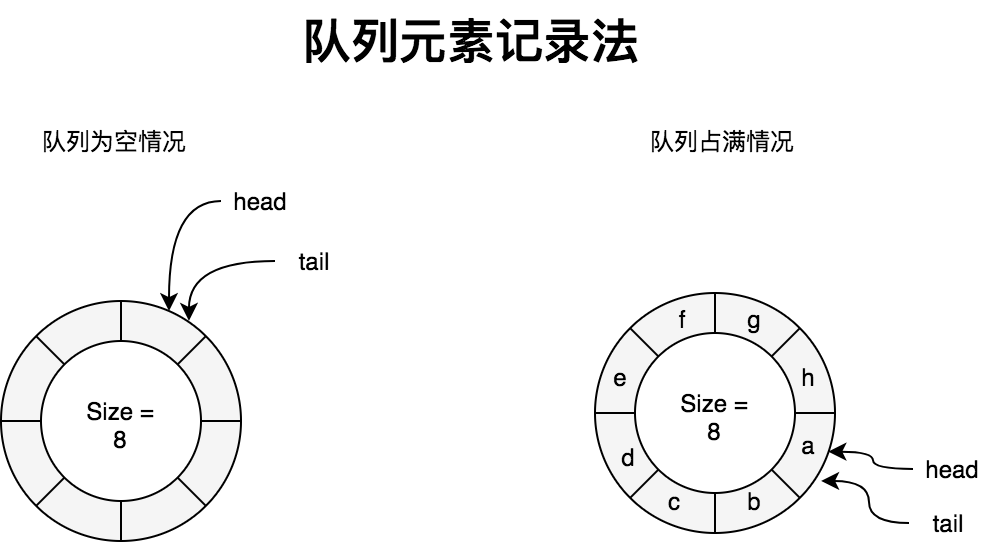解法一 树形DP
#include <bits/stdc++.h>
using namespace std;
typedef long long ll;
typedef unsigned long long ull;
const int N = 1e5 + 10;
vector<int>e[N];
int n;
int ans;
int k[N];//k[i] 以i为根往下走最深
void dfs(int u, int fa, int d)
{for (int it : e[u]){if (it != fa){dfs(it, u, d + 1);ans = max(ans, k[u] + 1 + k[it]);k[u] = max(k[u], k[it] + 1);}}
}
int main()
{ios::sync_with_stdio(0); cin.tie(0); cout.tie(0);cin >> n;for (int i = 1; i <= n - 1; i++){int x, y;cin >> x >> y;e[x].push_back(y);e[y].push_back(x);}dfs(1, 0, 0);cout << ans;return 0;
}
解法二 两次搜索
#include <bits/stdc++.h>
using namespace std;
typedef long long ll;
typedef unsigned long long ull;
const int N = 1e5 + 10;
vector<int>e[N];
int n;
int ans, id;
int k[N];//k[i] 以i为根往下走最深
void dfs(int u, int fa, int d)
{if (ans < d){ans = d; id = u;}for (int it : e[u]){if (it != fa){dfs(it, u, d + 1);}}
}
int main()
{ios::sync_with_stdio(0); cin.tie(0); cout.tie(0);cin >> n;for (int i = 1; i <= n - 1; i++){int x, y;cin >> x >> y;e[x].push_back(y);e[y].push_back(x);}dfs(1, 0, 0);dfs(id, 0, 0);cout << ans;return 0;
}











